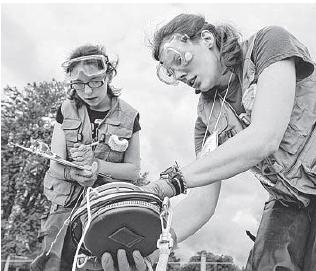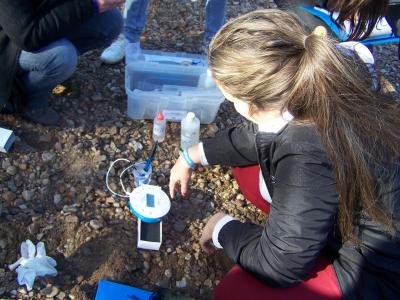Christopher Maxwell, STEM Product Manager at Edit Microsystems visited a rural South African school where 800 students must share a single science lab equipped with 11 computers. The school invited Mr. Maxwell to provide 11th grade learners, struggling with complicated science concepts, with some Labdisc inspiration. Mr. Maxwell took the Labdisc to address two of the more abstract topics in the local curriculum: Boyle’s Law and Newton’s Laws of Motion.
“For students, understanding Boyle’s relationship between pressure and volume and mapping this onto a graph for interpretation was a challenge. I am a big fan of the Labdisc as a fantastic solution for schools because you can spend more time talking about the results than setting up or preparing for the experiment which can take a lot of time. We followed the Labdisc built-in Boyle’s Law activity and since performing the experiment took less than a minute, we could run it three times and really spend time analyzing the data that built on the graph.
Then we addressed the earth’s gravity – which all the students knew was 9.8 m/s², but when asked how they knew that they said “because our teacher told us”. When asked what the classroom’s gravity was they hesitated, thinking it could be different. This is a classic example of the need for a hands-on experiment which can make this abstract concept much more tangible. Again we used the Labdisc built-in activity with a ping pong ball and analyzed our graph data which involves more advanced mathematical functions in the software.
After introducing the Labdisc to the students the difference was striking in how they were able to relate to the science concepts they had learnt. The Labdisc provides an ideal STEM hands-on inquiry based solution. It is very user-friendly and integrates so well with technology which is something that kids are familiar with and engaged by.”


